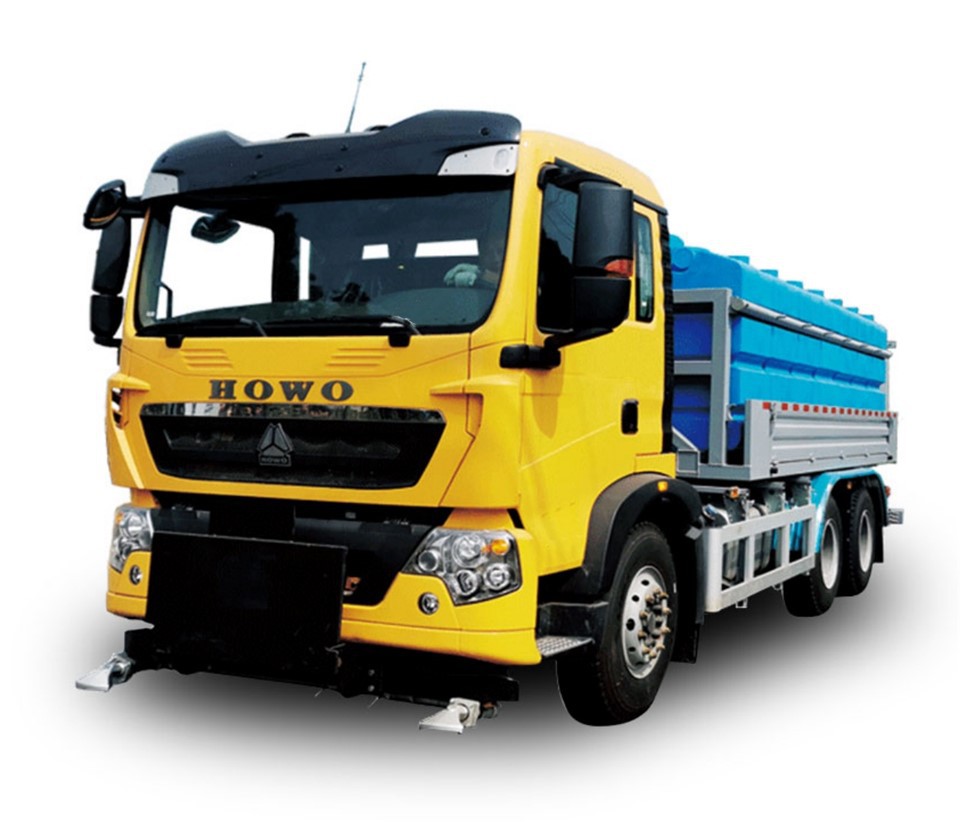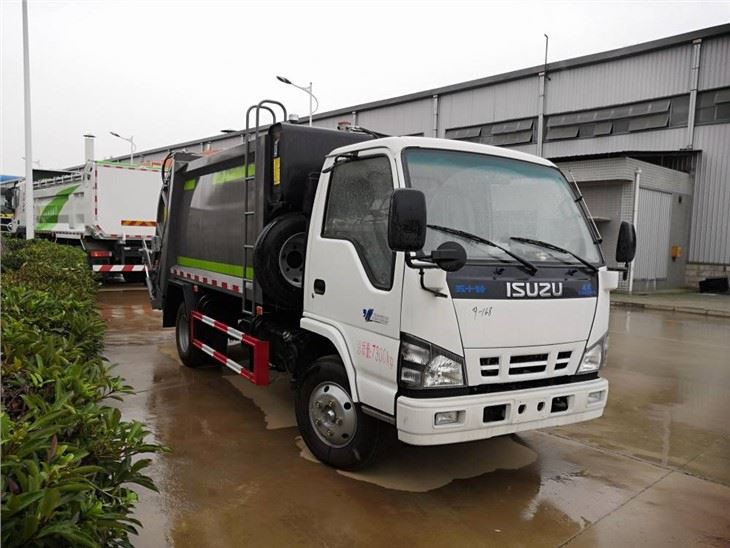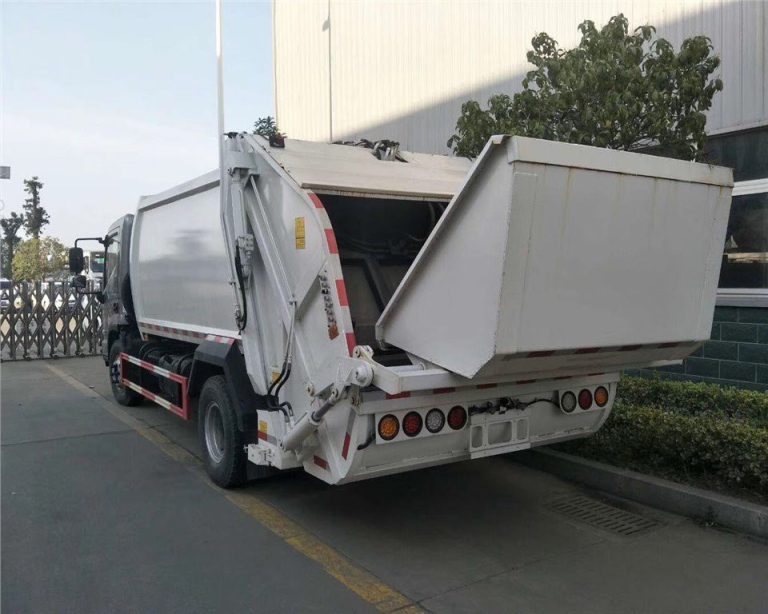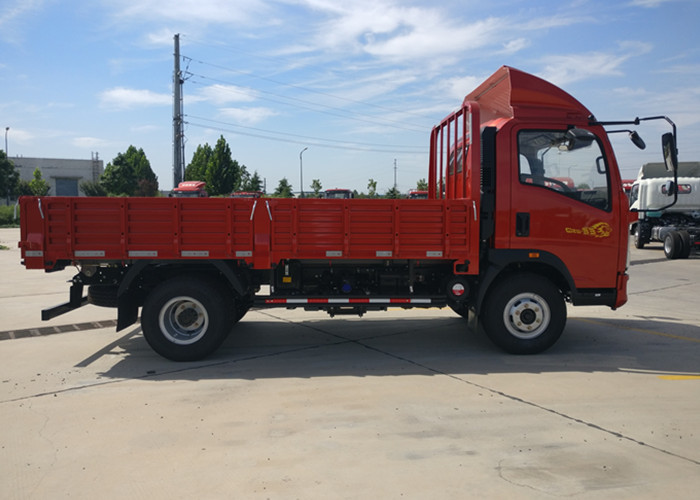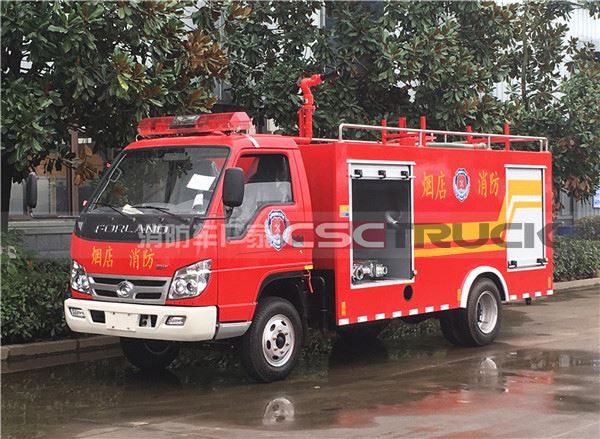The cab of a truck is a crucial component that serves as the control center for the vehicle. In this comprehensive guide, we will explore the various aspects of truck cabs, their types, features, and why they matter to both drivers and operators. This article aims to provide an in-depth understanding of truck cabs, combining practical insights with essential information to ensure that readers are well-informed.
What is a Truck Cab?
The cab of a truck refers to the enclosed area where the driver sits and operates the vehicle. It contains essential controls, seating, and often, features that enhance the driving experience. Cabs are designed not just for functionality; they also prioritize the comfort and safety of the driver. Cabs vary significantly based on the type of truck, its intended use, and manufacturer specifications.
Types of Truck Cabs
1. Day Cab
A day cab is designed for short-distance trips and does not include a sleeping area. These trucks are lightweight and are typically used for regional freight delivery, construction, and local hauling.
Examples and Use Cases
- Regional Freight Delivery: Trucks that need to make several stops in a day.
- Construction Sites: Vehicles that transport materials and tools.
2. Sleeper Cab
Sleeper cabs are equipped with a sleeping compartment behind the driver’s seat. They are constructed for long-haul trips, allowing drivers to rest during long journeys.
Features of Sleeper Cabs
- Bed for sleeping
- Storage space for personal belongings
- Refrigerator and sometimes a small kitchenette
3. Crew Cab
A crew cab allows multiple passengers to ride along with the driver. It typically features four full-size doors and provides seating for up to six passengers.
Best Uses for Crew Cabs
- Construction Crews: Allows multiple workers to travel together.
- Public Services: Emergency vehicles for police and fire departments.
4. Extended Cab
Extended cabs offer additional seating but may not provide full-size doors. They are suitable for those who occasionally need extra passengers without compromising load space.
Key Features of Truck Cabs
1. Ergonomic Design
Modern truck cabs are designed with driver comfort in mind. Features such as adjustable seats, user-friendly controls, and ergonomic layouts reduce fatigue during long drives.
2. Safety Features
Truck cabs today are equipped with advanced safety features, such as airbag systems, blind-spot detection, and improved visibility through larger windshields.
3. Climate Control
Proper climate control systems help maintain a comfortable environment regardless of external conditions, ensuring the driver’s focus remains on the road.
Importance of the Truck Cab in Operations
1. Driver Comfort and Productivity
A comfortable cab allows drivers to maximize their productivity. Features that reduce stress can lead to safer driving and efficient operations.
2. Enhanced Safety
The cab’s design directly contributes to a driver’s ability to maneuver safely. A well-structured cab can prevent accidents through better visibility and control.
3. Efficient Use of Space
Truck cabs use innovative designs to provide ample space for cargo storage within the driver’s compartment, significantly improving efficiency.
4. Customization Options
Many truck manufacturers offer customization options for their truck cabs, allowing businesses to select features that meet specific needs.
Choosing the Right Truck Cab
1. Consider the Primary Use
When selecting a truck cab, consider the nature of your operations. Short-haul tasks may benefit from a day cab, while long haulers would need a sleeper cab.
2. Evaluate Comfort Features
Ensure that the cab provides comfort features essential for long journeys, such as quality seating and climate control.
3. Safety Standards
Check for the latest safety features that can protect the driver and enhance overall safety during operations.
4. Fuel Efficiency
Look for cab designs that support aerodynamic efficiency to improve fuel consumption, especially for long-haul trucks.
Practical Examples of Truck Cab Designs
| Truck Model | Type of Cab | Main Features |
|---|---|---|
| Freightliner Cascadia | Sleeper Cab | Advanced aerodynamics, spacious sleeper berth, and excellent visibility |
| Ford F-350 | Crew Cab | Multiple seating options, high towing capacity, comfortable controls |
| International HV Series | Day Cab | High strength chassis, user-friendly interior, and safety technologies |
Maintenance Tips for Truck Cabs
1. Regular Cleaning
Keep the interior of the cab clean to maintain hygiene and prevent wear and tear on materials.
2. Inspect Safety Features
Regularly check safety features such as seatbelts, airbags, and visibility tools to ensure they are functioning correctly.
3. Monitor Ergonomics
Adjust seat positions and control layouts to suit changing driver needs and comfort.
4. Conduct Climate Control Checks
Regularly inspect HVAC systems within the cab to ensure comforts like heating and cooling work correctly.
Frequently Asked Questions (FAQs)
1. What is the difference between a day cab and a sleeper cab?
A day cab is designed for short trips and doesn’t have sleeping accommodations, whereas a sleeper cab is equipped with a sleeping compartment for long-haul journeys.
2. What features should I look for in a truck cab?
Look for ergonomic seating, advanced safety features, climate control, and adequate storage options.
3. Can I customize my truck cab?
Yes, many manufacturers offer customization options for truck cabs to meet specific operational needs.
4. How do I maintain a truck cab?
Regular cleaning, checking safety features, monitoring ergonomics, and ensuring climate control functionality can help maintain the cab.
5. What is the importance of cab design in fuel efficiency?
Aerodynamic designs can reduce drag and improve fuel consumption, especially for long-haul trucks.
6. How does the cab affect driver productivity?
A comfortable and well-equipped cab can reduce fatigue and distractions, allowing drivers to focus better on their tasks.
